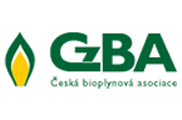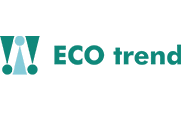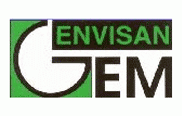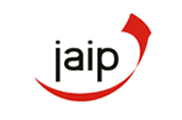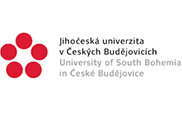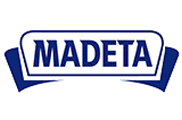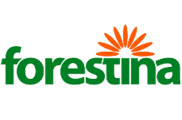Porous nanofibrous microspheres show promise for diabetic wound treatment
Date: 1.11.2024
The research team from Terasaki Institute for Biomedical Innovation (TIBI) and the University of Nebraska Medical Center (UNMC) developed a novel method combining electrospinning and electrospraying technologies to create porous, granular nanofibrous microspheres (NMs).
 These microspheres, made from biocompatible materials including poly(lactic-co-glycolic acid) (PLGA) and gelatin, can be easily injected into wound sites, making the treatment minimally invasive.
These microspheres, made from biocompatible materials including poly(lactic-co-glycolic acid) (PLGA) and gelatin, can be easily injected into wound sites, making the treatment minimally invasive.
"This technology marks a major breakthrough in wound care and management, impacting millions of patients globally," said Dr. Johnson John, the principal investigator of the study. "Our approach offers a less invasive, highly advanced approach from current treatments potentially improving healing outcomes in a short period of time."
The study presented several significant advances in the wound-healing process. For example, the newly developed dermal fillers with tunable porous microstructures demonstrated remarkable cell migration and granulation tissue formation, and neovascularization. Moreover, the dermal fillers showed enhanced strength, and maintained their shape during the minimally invasive injection process.










